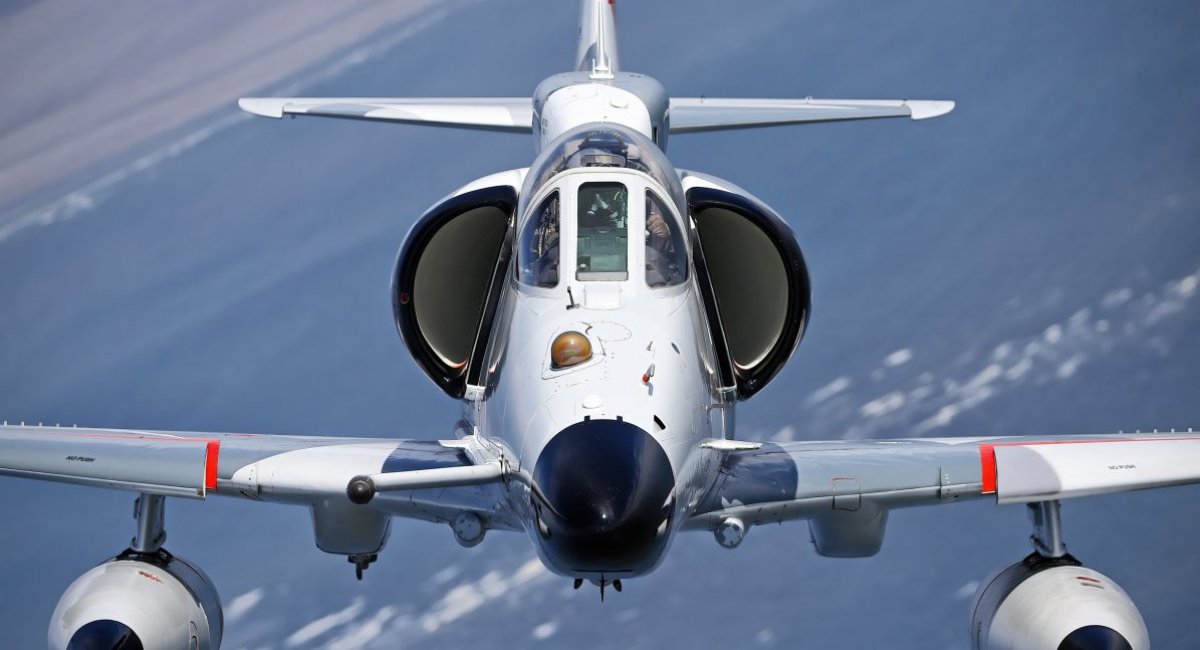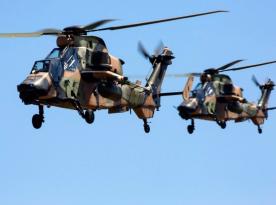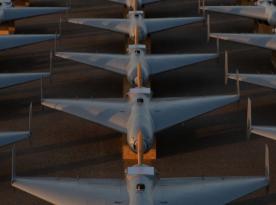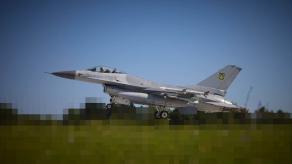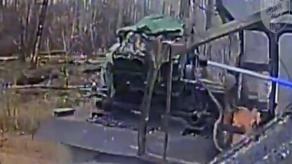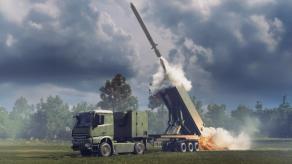A recent decree from the Cabinet of Ministers of Ukraine has opened the door to a compelling new direction for the country’s air defense. It enables the creation of groups authorized to operate drones, aircraft, small arms, electronic warfare (EW) systems, and artificial intelligence for protecting airspace.
While the decree specifies that these groups will be composed of members from volunteer territorial defense units, this may simply reflect the legal framework currently in place, serving as a formal cover for more innovative organizational models.
Read more: Testing Begins for New Viper Shield EW System for F-16V, Poised to Act as "Electronic Shield" in the Sky
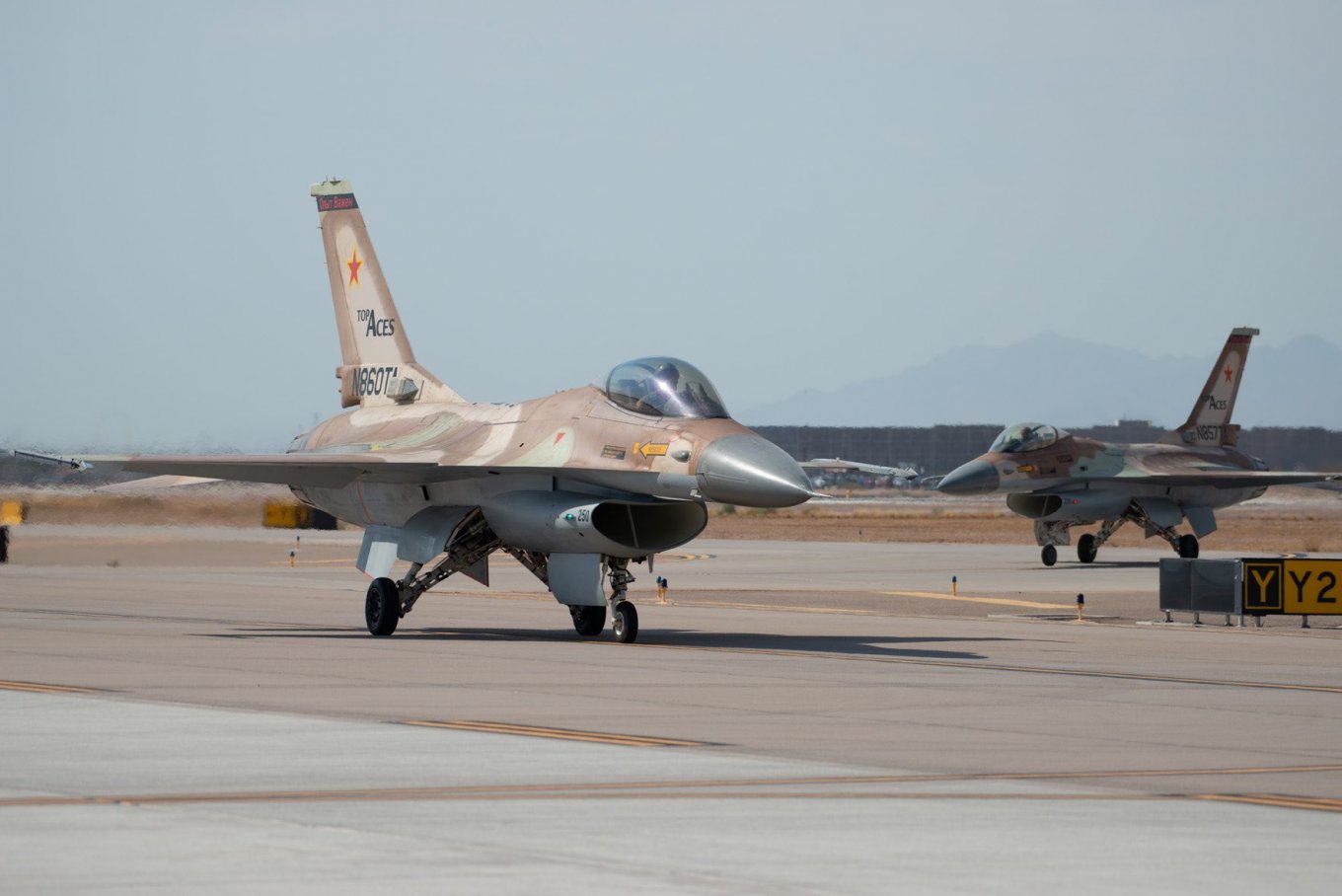
Notably, the government emphasized the potential use of privately operated manned aircraft in Ukraine’s air defense. To support this, the process for temporary aircraft registration has been simplified and accelerated.
To illustrate how this plan could work out, here's a few examples of private companies using privately owned aircraft that could potentially take on this role.
Firstly, there's the Top Aces, a U.S.-based company that offers pilot training services and operates a fleet of 150 aircraft, including F-16s, A-4 Skyhawks, and Alpha Jets. Another example is the private firm Draken, which operates the Aero L-159 ALCA, equipped with a full-capability radar system.
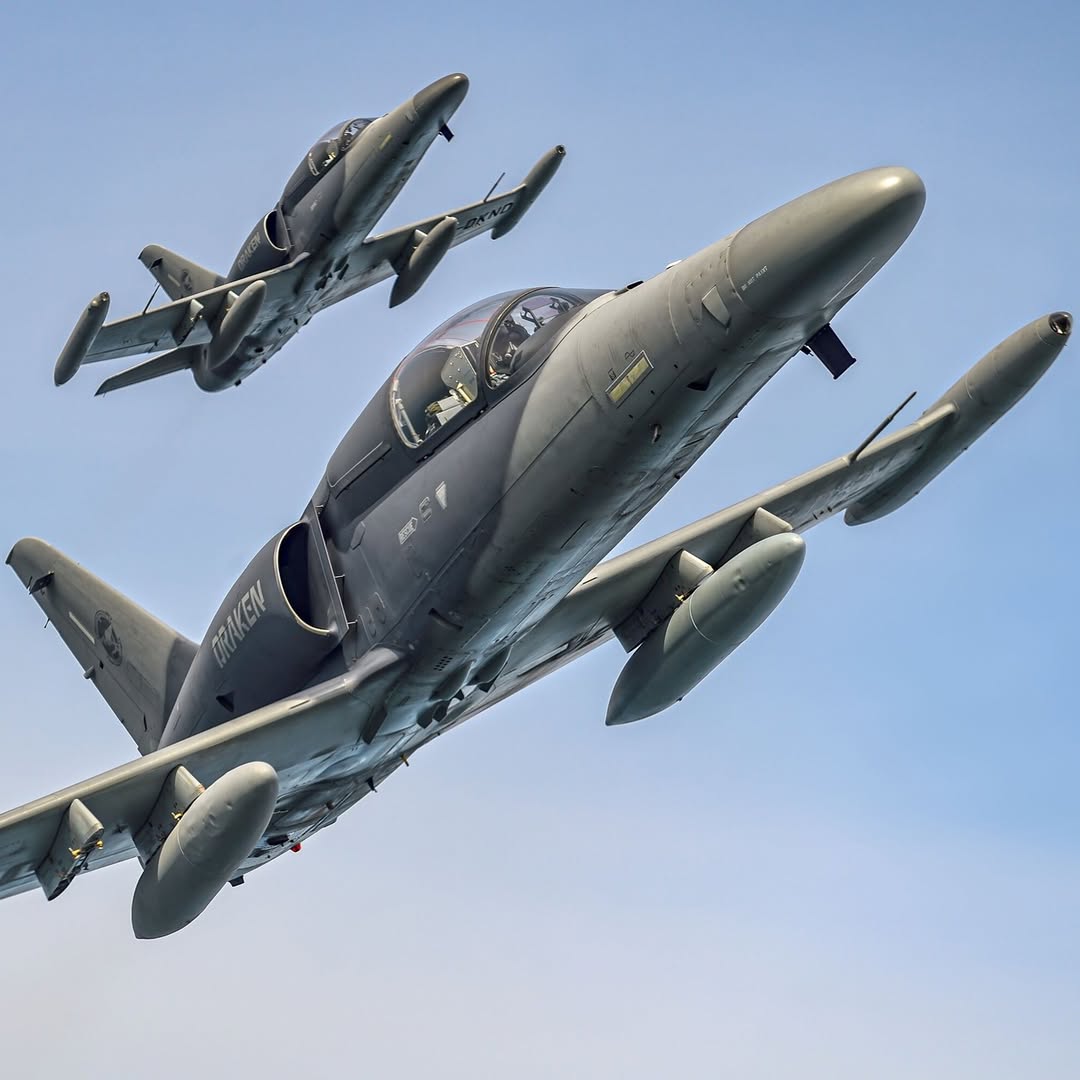
One might also imagine a well-funded volunteer unit formed by recently naturalized citizens, all former fighter pilots, acquiring modern turboprop trainer aircraft such as the Super Tucano, or even simpler platforms like the Pilatus PC-9, both of which can be outfitted with weapon systems.
Overall, the concept of integrating private aviation assets into the national air defense architecture seems highly promising. The mention of drones, EW capabilities, and artificial intelligence further indicates that Ukraine envisions broad technological innovation across all levels.
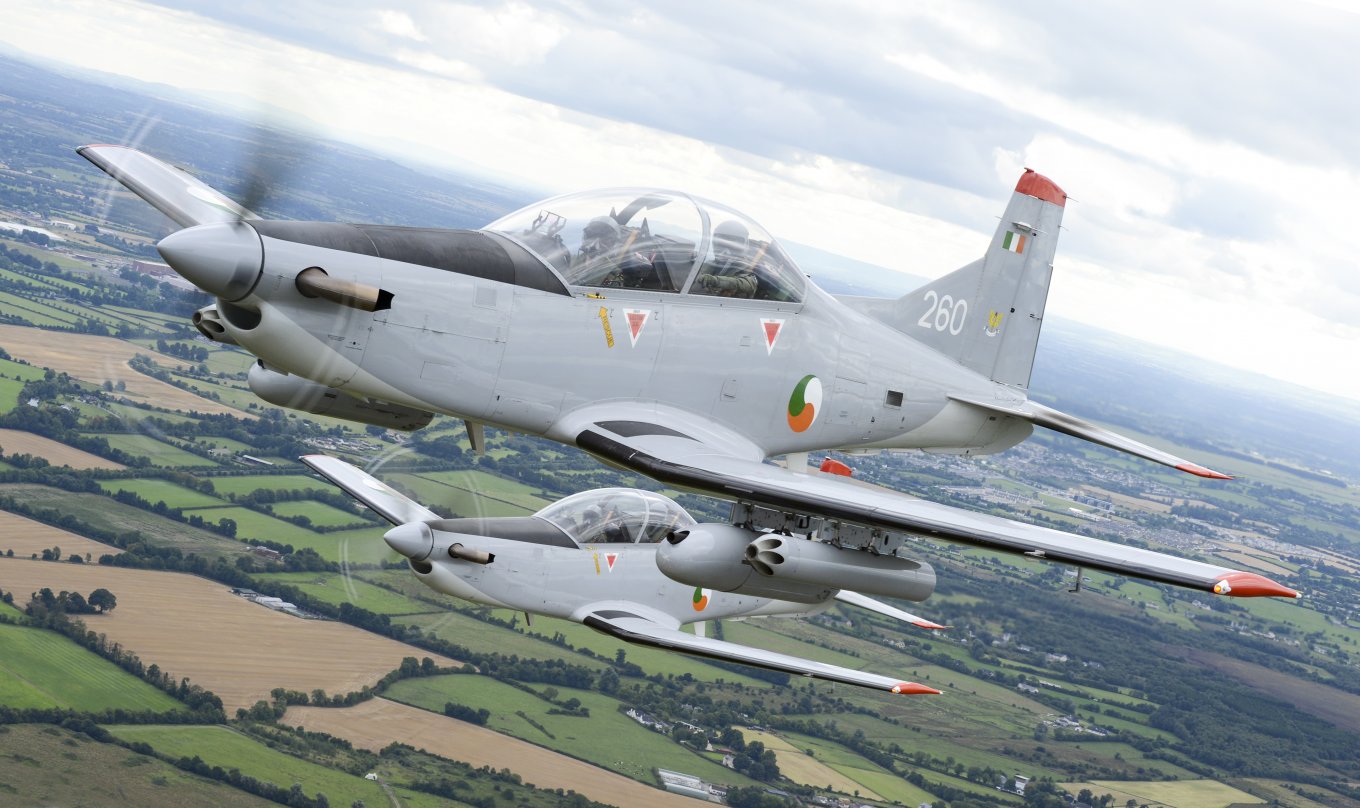
This strategy opens up a wide range of possibilities for reinforcing Ukraine’s air defense with existing aircraft, skilled pilots, trained technicians, and system operators. Importantly, it could deliver results comparable to legalizing private military companies, but without the complex and time-consuming legislative changes such a move would require.
It is worth noting that Ukrainian President Volodymyr Zelenskyy has already said he is "considering" the creation of private military companies — a statement made after russia included their ban as a demand in a recent ultimatum.
For the private sector, engaging in air defense would mark a significant evolution, as until now, private aviation firms have primarily focused only on training military pilots, not combat operations.
Read more: Ukrainian Su-27 Aircraft Destroys russian Air Defense System with the AGM-88 HARM (Video)




